NEWS
- The Application of Barium Sulfate in the Rubber Industry
- Effects of BaSO4 on the performance of valve-regulated lead-acid battery
- The salt lake is famous for its pure scenery, but it lasts for its precious deposits
- Why is nano-sized modified barium sulfate suitable for transparent filling masterbatch?
- Lack of Solution on Sampling?Professional Team Is Waiting for You to Pick!
- XRF Testing-A High Efficiency and Low Cost Prospecting Method
- Is petroleum actually extracted from rock?
- Exporting sluggish? 9X Minerals delivered Spain and Japan order at same time
- Breif Introduction of Barite Fluorite Dressing
- What will be the substitute of titanium dioxide, as it's classified as a carcinogen by EU
- Japanese Initial Order Successfully Delivered
- Comparison of Precipitated Barium Sulfate and Titanium Dioxide
- Brief Introduction of Fluorite Flotation Process
- Orders keep coming,9X Minerals exported barite to Europe again
- Do You Know How to Process Barite?
- Popular Science|Ten Applications of Barium Sulfate
- Popular Science | Barium Sulfate in Cosmetics
- 9X Minerals has established cooperation with domestic railway transport department
- Community Receives Donations from Enterprises for Poverty Alleviation
- More Than 6 Industries Relying On Barite
- Quick Domain Knowledge: 8 sheets to learn about barite
- Job Opening for Sales Engineer in Zambia
- European Client Visits Lijiashan Barite Mine
- 9X Minerals Finished Another Barite Export Achievement
- 800,000-ton Port landed in Dejiang County, Guizhou Province
- Environment and economy, we choose the balance
- Initial shipment of Chemical Grade Natural Barite has been delivered
- Impact of environmental protection policy on barite enterprises in 2018
- What is barium sulfate powder coating?
- Experts predict that the global barite consumption will reach 6.338 million tons in 2023, and prices will also keep increasing.
- The latest world oil reserves of the TOP12 countries came out, and where will the China's barite go in the future?
- Barite Mineral Processing
- Why does the superfine barium sulfate be the "Wing" of the coating industry?
Is petroleum actually extracted from rock?
Many people believe that drilling for petroleum is like drilling a well: deep underground, there is a huge liquid space filled with tens of millions of tons of petroleum that can be pumped through the ground with a drill.In fact, petroleum is the authentic " petroleum in stone". Let's see what the raw material of petroleum looks like.
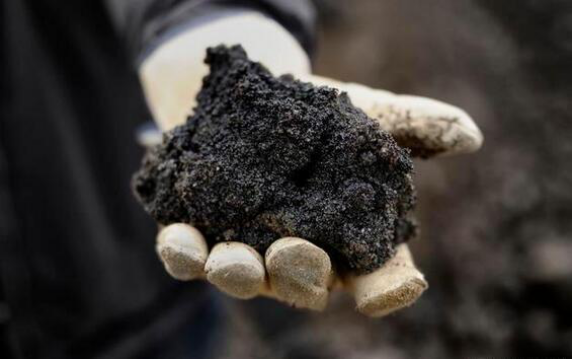
This is Kerogen. The rocks contain the parent material which is known as source rocks, and traditionally known as source rock or mother rock where the petroleum is extracted.
The evolution of petroleum?
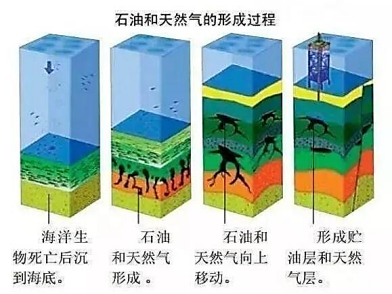
It’s well known that coal evolved from the remains of ancient plants which is not controversial, because there's a lot of coal that contains the woody texture of plants and even the veins of their leaves. What about petroleum? We've all seen the mud on the bottom of the water which is black because it contains a lot of organic matter. The source of this organic matter is algae in the water which deposit at the bottom of the lake after death. If it's buried quickly and cut off from oxygen, the deposited organic matter would be buried under a thick layer of sedimentary rock over a long geological period. Under high temperature and pressure underground, their organic matter is gradually transformed into petroleum parent matter.
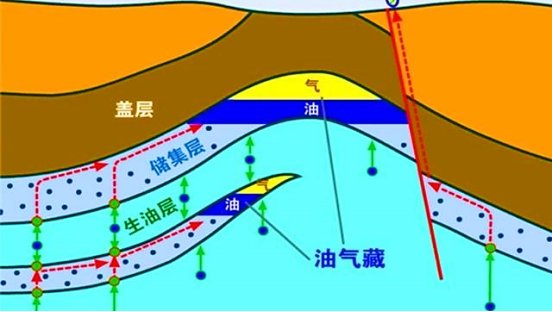
The formation of petroleum parent material was mostly in the early stage of deposition and burial, when the ground temperature was less than 50℃. Over the course of tens of millions of years, the deeper the sediment is buried and the higher ground temperature (about 100-150℃), the higher the maturity of the petroleum parent material reaches a certain range and is converted into hydrocarbons (hydrocarbons), that is, liquid petroleum or natural gas. Because these hydrocarbons are lighter than nearby rocks, they penetrate upward into the pores of the formation of the source rock. These compound is blocked and stopped by not permeable petroleum stratum on the half way. It is gradually collected in this formation and becomes an petroleum field with more and more accumulation. It is gradually collected in this formation and becomes an petroleum field with more and more accumulation. So coal comes from the accumulation of plant remains, and petroleum comes mainly from algal deposits in water. Most of the petroleum parent material in the lake sediment comes from algae, bacterial spores, pollen or resin, etc., which are mainly hydrocarbon petroleum of the liquid paraffin system. Most of the petroleum parent material in Marine sediments comes from plankton, algae, bacteria and a small number of terrestrial plants, mainly producing liquid petroleum, supplemented by natural gas. Most of the petroleum parent material in the land sediment comes from the lignin of higher plants, which mainly produces natural gas. Therefore, knowing the source of the parent material in the source rock can predict the composition of the petroleum produced and the ratio of petroleum to gas.
So the mud in the lake could turn into petroleum in the distant future, too. The carbon cycle never stops, and new petroleum is always on its way. So why is petroleum a non-renewable resource? In fact, it is very simple, this petroleum is the result of hundreds of millions to millions of years of precipitation, for us, the formation of petroleum is too long time equals to non-renewable.
How to extract petroleum?
Through geological exploration, the reservoir is found and the location, number and depth of the well are determined. At present, the commonly used drilling technique is rotary drilling. It consists of a set of ground equipment (including drilling rig, derrick) and a lifting system as well as drill pipe, drill pipe and drill bit. The drilling tool is lifted and lowered through the lifting system, driven by the rotation of the rotary disc, and then the bit is rotated to break the rock until it reaches the target layer. This is the most widely used drilling method in the world.
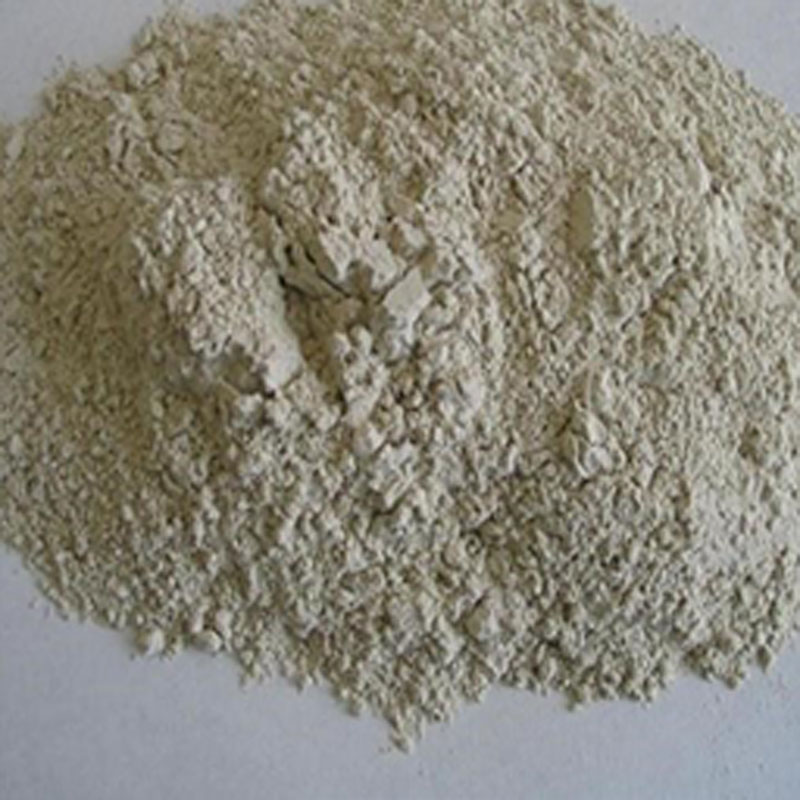
In petroleum and gas drilling, the weight of drilling mud that we generally use is low. Sometimes mud weight can’t reach the balance with underground petroleum and gas pressure, so the result is blowout accident happens all the time. In the case of high underground pressure, it is necessary to increase the mud weight. Adding barite powder into the mud is an effective measure to increase the mud weight. Do drilling mud with barite general fineness to reach 325 mesh, such as barite fineness is not enough to easily precipitate. The proportion of barite for drilling mud is more than 4.2, the content of BaSO4 is not less than 95%, and the soluble salt is less than 1%.
You could visit us: www.baritepowder.com to get more information about the usage of barite in drilling and other industries.
ABOUT US
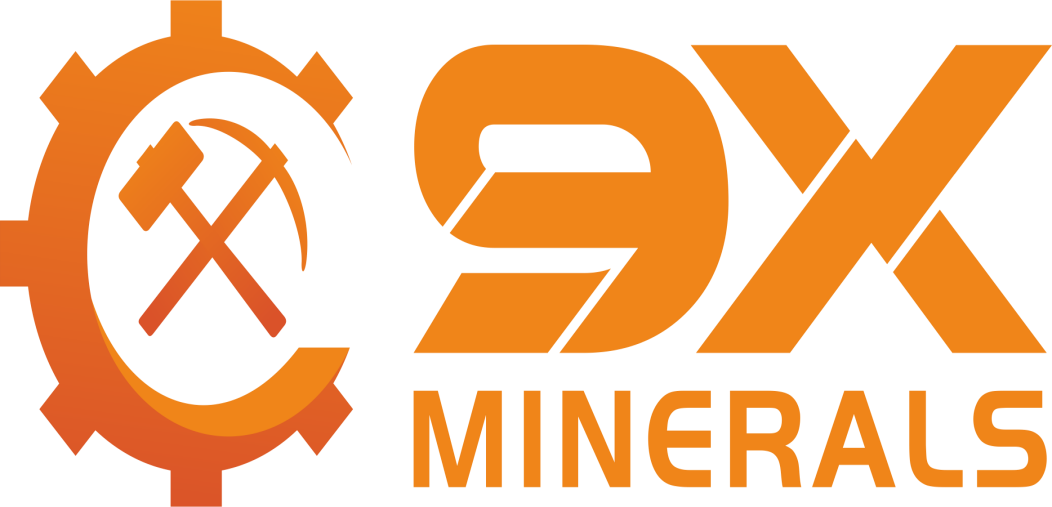
9X Minerals LLC is an international mining company based in Southwestern China. To provide best and most suitable barite product to meet various clients’requirement is always our mission and responsibility.




